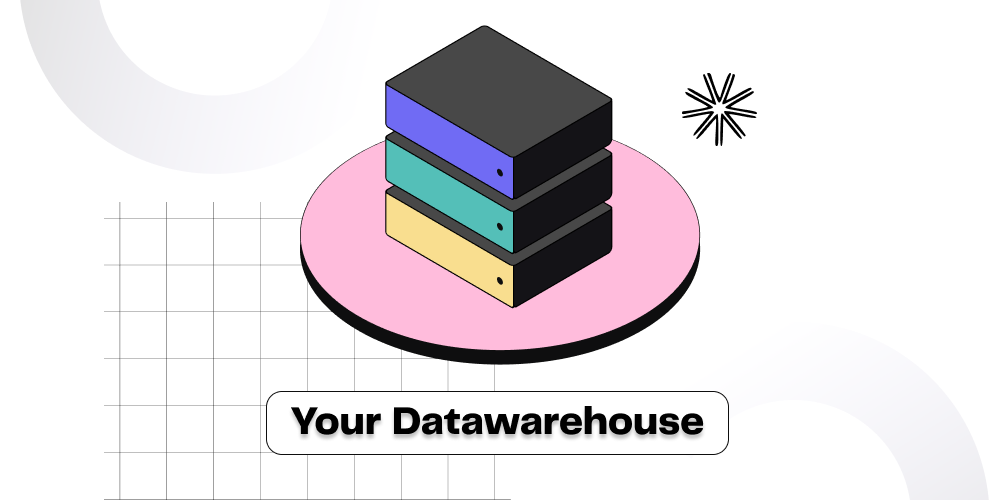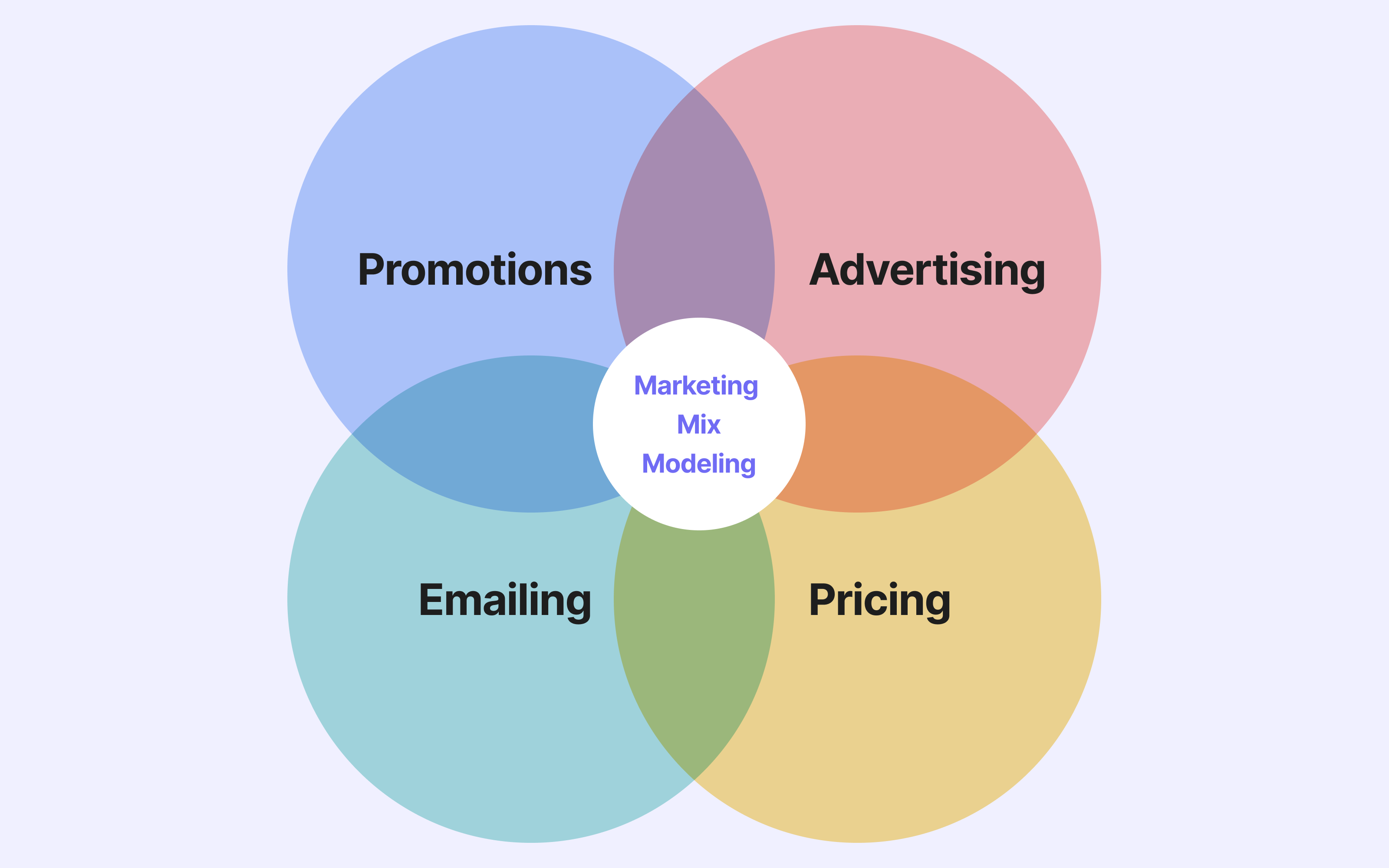
Challenges to overcome when building your data warehouse
6min • Last updated on May 30, 2025

Aïda Mansour
Operation Manager
The growing limitations on third-party cookies are a concern for marketers, , as they significantly reduce the amount of information available. Yet businesses already collect and use data from various tools, such as CRM, web traffic, emails or social networks.
This data could be a major asset!
Key Takeaways:
A data warehouse (DWH) centralises customer data to make it usable by marketing and data teams.
The five main challenges to overcome are integration, data quality, scalability, performance, and security.
Tools such as ETL solutions, cloud platforms, and hashing functions make implementation easier.
A well-designed data warehouse improves marketing efficiency in the context of the phase-out of third-party cookies.
Why is a data warehouse also important for marketers?
Customer data can quickly become siloed and difficult to manage. And yet, the use of first-party data is one of the most reliable solutions for dealing with the limitations on third-party cookies.
Indeed, first-party data, obtained directly from the user, offers higher quality, precision, and privacy compared to third-party data. This data therefore enables to send better signals to the algorithms and optimise with better data. However, for this data to be easily sent, it must already be available somewhere!
Building a data warehouse can help consolidate this first-party data, provide valuable insights for marketing teams, and enable them to step into data-led growth. However, this process can be complex and present significant technical challenges, particularly when managing vast amounts of customer data.
The five key steps for building a robust data warehouse
In this blog post, we will explore five of the main technical issues that B2C companies may face when building a data warehouse for their marketing team and provide strategies for overcoming them.
1. Data Integration: put everything together
Integrating data from various sources is the first and most significant challenge companies face when they engage in setting up a data warehouse. Marketing teams rely on a wide range of data sources, including customer data. It is usually on a CRM, website analytics typically based on a tagging tool such as GTM, social media metrics taken from various social media platforms such as Facebook, TikTok, Instagram, etc., and emailing related information.
Integrating data from these different sources can be time-consuming, particularly when many data sources are used. Reconciling different data structures, types, and formats could be challenging and require dedicated resources to maintain it. These data providers have no incentive to standardise and make it easy to analyse their data elsewhere; they mainly want you to return to their specific platform.

Fortunately, there are now technical solutions to solve this data structure puzzle: modern ETL (Extract, Transform, Load) tools that can automate data integration from multiple sources. They enable extracting data from different sources and transforming the various flows into a standard data structure before loading it into the data warehouse. By automating the integration process, companies can save time and ensure that the data is consistent across all sources.
You can use both SaaS solutions or open source ones, based on your technical skill availabilities and business needs, such as data privacy constraints (legal or not) which incite some companies to keep data on their own technical infrastructure.
2. Data Quality: Good Data is better than Big Data
Data quality is another critical challenge for companies when building a data warehouse. Ensuring the integrity of data is of utmost importance to marketing teams, as inaccurate reporting and analysis can impede their decision-making process.
To guarantee data quality, B2C enterprises ought to institute a comprehensive data governance framework that incorporates data validation, cleansing, and quality assurance. Certain specialised instruments, such as Sifflet, can assist in maintaining data pipelines of the highest caliber. To avoid any discrepancies in data, it is crucial to ensure its accuracy, completeness, and consistency.

Data Quality Metrics
In addition, we strongly recommend using a hashing function to protect sensitive identity-related data (PII: Personally identifiable information), such as emails, during transfer. This technique involves encrypting data and transmitting it as an encoded version. Although most platforms do not require specific email addresses, they can work with an encrypted substitute.
3. Flexibility and Scalability: Your data warehouse should be able to grow with your company's needs
The data volumes grow. That happens either as your business grows or as you want to add more to the warehouse. One C-level we interviewed had his data warehouse become unusable as his team decided to add a sudden flow of granular data relating to each customer (a broad set of details on each transaction).
The data warehouse must scale to accommodate growth in volume and complexity. It is important to ensure that it does so without affecting performance and query speed (i.e., its usability). Furthermore, that lack of flexibility and scalability can impact business operations if that data is put in motion in your processes and workflows.
Companies can design their data warehouse with scalability in mind, using technologies such as columnar databases and distributed computing platforms.
Additionally, using cloud-based data warehousing (CDW) solutions can provide unlimited scalability and flexibility. Whether you design it yourself or buy a cloud-hosted solution, you must ensure that it can grow and adapt to changing business needs.
4. Performance: a challenge to be thought through the lifecycle of the DWH
Performance is another challenge when building a data warehouse. As the data volume grows, the query response time can slow down, impacting business operations. Slow query response times can result in delayed reporting and analysis, making it difficult for marketing teams to make informed decisions.
To explore data in depth, segment it, analyse it, and repeat the process, you need a seamless tool. A slow solution will quickly test your patience — and may discourage you from digging into the data at all.
There are ways to improve performance by using partitioning and indexing techniques.
Partitioning involves breaking the data into smaller, more manageable segments.
Indexing, on the other hand, means creating an index on specific data columns.
In addition, using high-performance hardware and optimising database configurations can also help improve query performance.

Managing and organising data
Lastly, on this topic, some data warehouses like Google BigQuery, allow you to keep some of the data in external tables without loading them in the data warehouse. While this is quite convenient as it requires much less technical work to channel the data and might be useful for data governance, it does impact performance.
We would not advise such a setting if you were to query your data warehouse in real-time and re-inject instantly in customer-facing applications such as an e-commerce website.
5. Security: less sexy but a must-have
Security is a crucial challenge for B2C companies when building a data warehouse. A data warehouse may contain sensitive customer information that must be protected from unauthorised access. Data breaches can result in significant financial and reputational damage.
To mitigate this risk, ensure you have robust access control and implement best practices for data encryption and privacy.

Data security
The various data connections from your data sources to the data warehouse must also be secured using encrypted transfer protocols. Using secure connections is now a standard in the tech and data world; you might just want to ensure that box is checked. As a tip, we have sometimes seen secure connections but with some loopholes, such as transferring or exposing API keys without encryption.
You should also implement data backup, and disaster recovery plans to ensure data security. These plans should include regular data backups and procedures for restoring data in the event of a disaster or data breach.
Conclusion
Building a data warehouse is a complex process that involves several technical challenges: data integration, data quality, flexibility and scalability, performance en data security.
B2C companies can overcome these challenges to regain control over their data and make informed decisions for their operations.
To do so, they can build a data warehouse tailored to their needs. The key levers include: leveraging ETL tools, implementing governance frameworks, relying on cloud solutions, optimising configurations, and taking strong security measures.
If you're a B2C company looking to build a data warehouse for your marketing team, this blog post has provided you with valuable insights and strategies for overcoming these technical challenges.
At DinMo, we help B2C companies like Huel, Salto, or Interflora leverage the data in their data warehouses to fuel their growth.
Contact us today to learn more about how we can help you leverage your customer data to enhance your business.





















